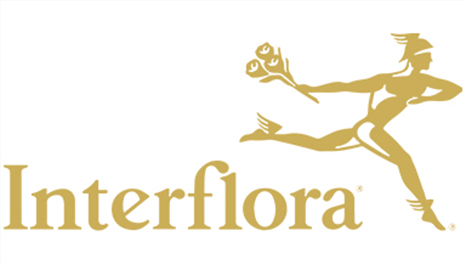Which Flowers Are Edible?
So guys, you may not know, but there's a whole world beyond lettuce and tomatoes.
To make salads wear viola petals like tiny crowns.
This journey isn't just about taste; it’s about color too!
Calendulas to brighten up your soups like little sunbursts.
Or ice cubes adorned with flowers.
Plus many more…
Here is our guide on some amazing ways you can incorporate them into your food palette.
A Splash of Colour with Violas
Immerse yourself in the vibrant and delicate flavors of violas.
Spring flowers, to enhance your salads, desserts, and beverages.
Violas in Salads
Make mundane salads into edible art.
Their pretty petals offer not just a pop of pink color but also bring subtle flavor.
Toss them with fresh herbs for an appealing spring salad that's as tasty as it looks.
Violas in Desserts
Sweet treats like shortbread cookies or tea cakes become even more delightful when adorned with violas.
A little known fact about these beauties: they're not just eye candy.
They can be frozen into ice cubes for a beverage, as mentioned before.
Note: It's important you only consume edible varieties from trusted sources like farmers' markets or health food stores to ensure safety.
The Punchy Flavor of Nasturtiums
Imagine biting into a salad with an unexpected peppery kick.
That's the power of nasturtiums.
These vibrant flowers aren't just for show, they can really jazz up your dishes.
Consider pairing them with goat cheese.
The creamy tanginess complements their punchy flavor perfectly.
Calendulas - A Burst of Sunshine on Your Plate
Let's bring a bit of sunshine to your plate with calendulas.
Known for their vibrant petals, they add an earthy flavor to soups and stews.
This subtle touch also works wonders in rice dishes.
Furthermore…
Zucchini blossoms, when stuffed, fried or added to a sauce, to offer a delicious surprise to any dinner.
The Fragrant World of Lavender
With its calming scent and floral twist, lavender has become a favorite in the kitchen.
Especially when it comes to baked goods.
It's not just about the aroma though.
Let’s explore how you can incorporate this versatile bloom into your baking routine.
Lavender in Baked Goods
Ever tried lemon curd tart with a hint of lavender?
Or perhaps some vanilla bean cupcakes topped with a sprinkling of dried lavender?
These are but a few examples showcasing how you can use this herb to add depth and character to your pastries.
Beyond desserts, consider stirring up tahini sauce laced with ground dried lavender for drizzling over roasted veggies or meat dishes.
The combination might surprise you.
Note: Remember that while adding flowers like these to our meals is fun and aesthetically pleasing, always ensure they're edible grade from trusted sources such as local farmers' markets or health food stores.
FAQs in Relation to Edible Flower Recipes
What to cook with edible flowers?
You can whip up a variety of dishes like salads, desserts, beverages, and even soups using edible flowers.
The key is pairing the flower's flavor with complementary ingredients.
What can I do with fresh edible flowers?
Fresh edible flowers are perfect for garnishing your meals or incorporating them into recipes directly.
You can also use them in cocktails for an added burst of color and taste.
How do you make edible flowers at home?
To grow your own editable blooms, pick seeds from safe-to-eat varieties such as violas or calendulas.
Make sure they're grown organically without harmful pesticides.
What flowers are edible at the grocery store?
Lavender, nasturtiums, violets and marigolds are often found in grocery stores' produce sections.
Just ensure that they're labeled as 'edible', meaning no chemicals were used during their growth process.
Conclusion
Edible flower recipes are more than a trend—they're a gateway to extraordinary culinary adventures.
In essence: dare to eat flowers for they bring nature's beauty onto our plates—in both taste and color.

